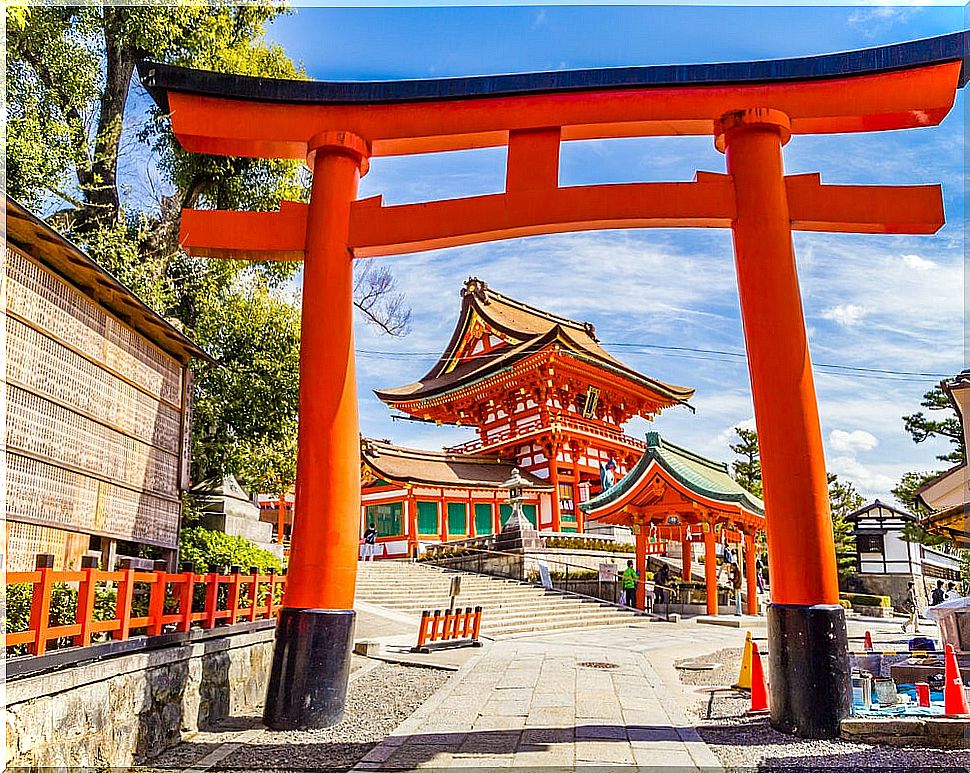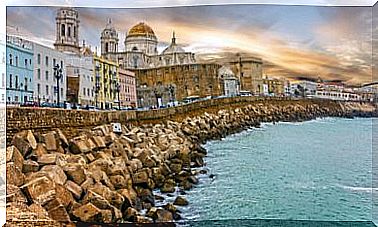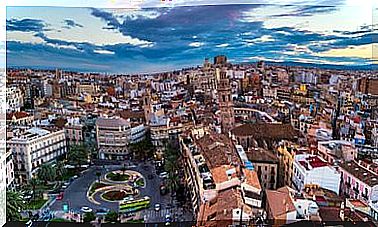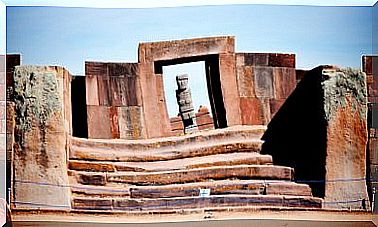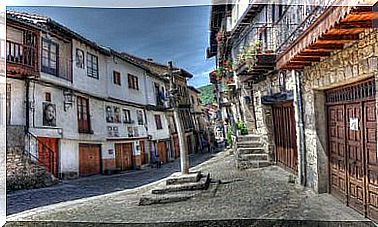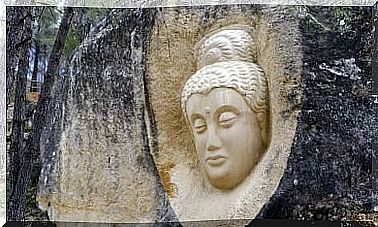All About The Tea Ceremony In Japan
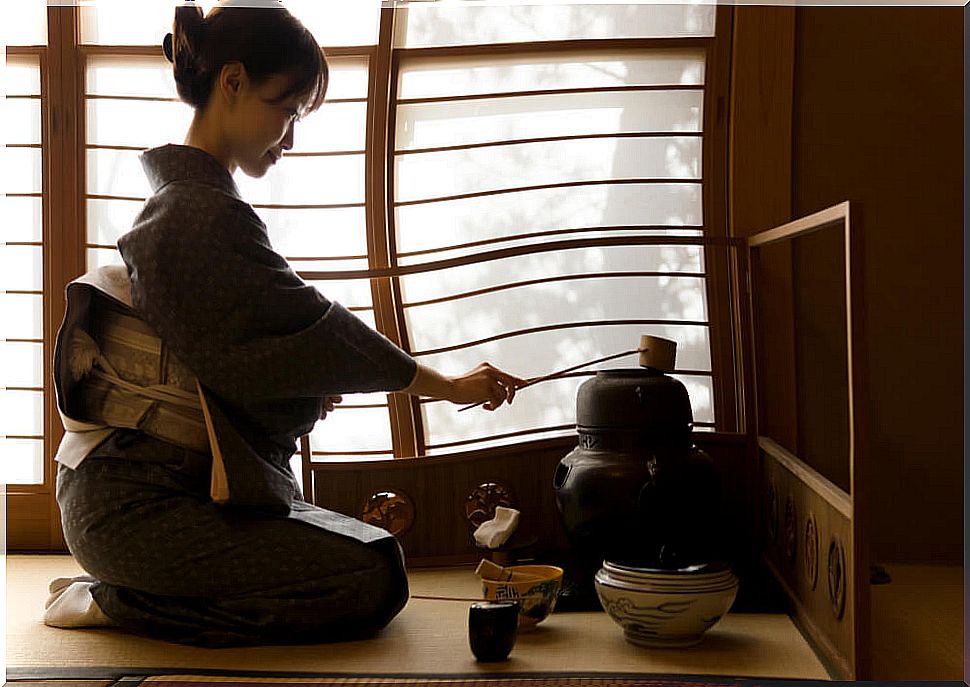
The tea ceremony in Japan is one of the most representative traditions of the country. This unique way of preparing the drink, in order to achieve a balance between harmony and spirituality, is what makes this ritual a great attraction for millions of tourists.
The origin of the tea ceremony in Japan
The introduction of tea consumption as part of daily life in Japan came from the hand of Buddhist monks from China in the 9th century. The monks, instructed in Zen philosophy, passed on their knowledge during the preparation and drinking of a type of green tea, matcha.

This tea has a strong flavor and a high level of theine. Due to these properties, the ritual was lengthened, in order to be able to taste it carefully. This, added to its medicinal properties, would make it the official tea used in the ceremony.
The samurai class would be another of the clear influences of the tea ceremony in Japan. Righteousness, concentration and symbolism were contributions of the mentality of this Japanese military elite corps.
As early as the 15th century, a Buddhist monk named Murata Jukō created a style of ceremony that abandoned military righteousness. This style was called Wabi-chan, which tries to emphasize the spirituality of the act.
Influenced by Murata, it would be Sen no Rikyu who managed to frame the tea ceremony as an official act and typical of Japanese culture. Sen no Rikyu not only influenced and drastically changed the opulence of the ceremony in favor of simplicity, but also directly influenced Japanese aesthetics.
Tea ceremony elements
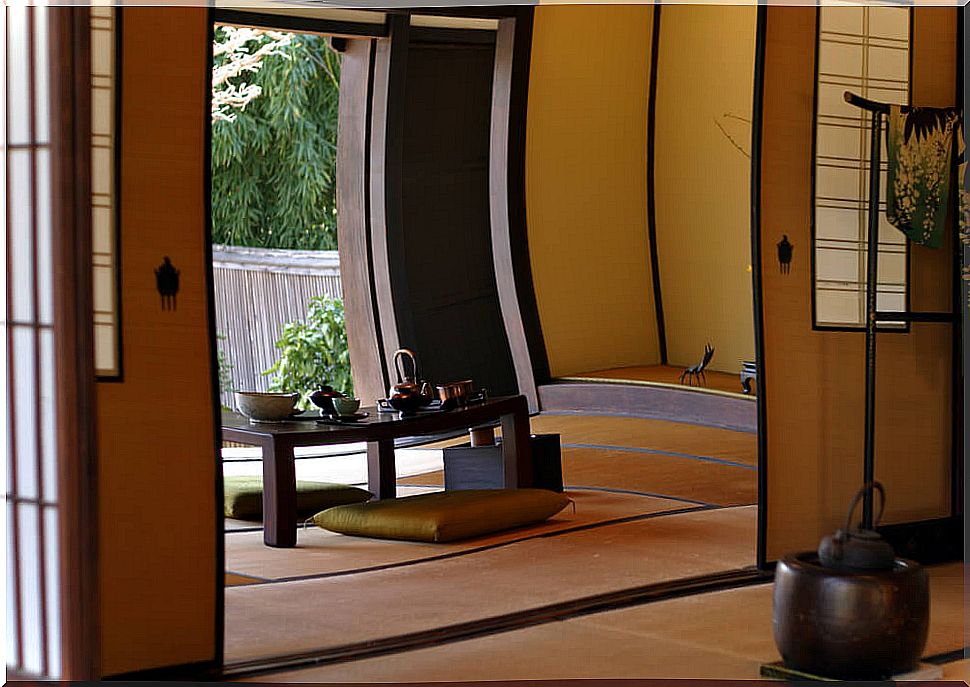
Although the ceremony can be performed in any traditional home, it is customary to perform it in a tea house or Sukiya. This is usually away from the main house, usually surrounded by a garden and accessed by walking along a small stone or red path .
Inside are several rooms : the ceremony room or cha-shitsu , the room for preparations or mizu-ya and the waiting room or yoritsuki . It will be the host or master of ceremony who indicates the beginning and correct use of the rooms.
Utensils
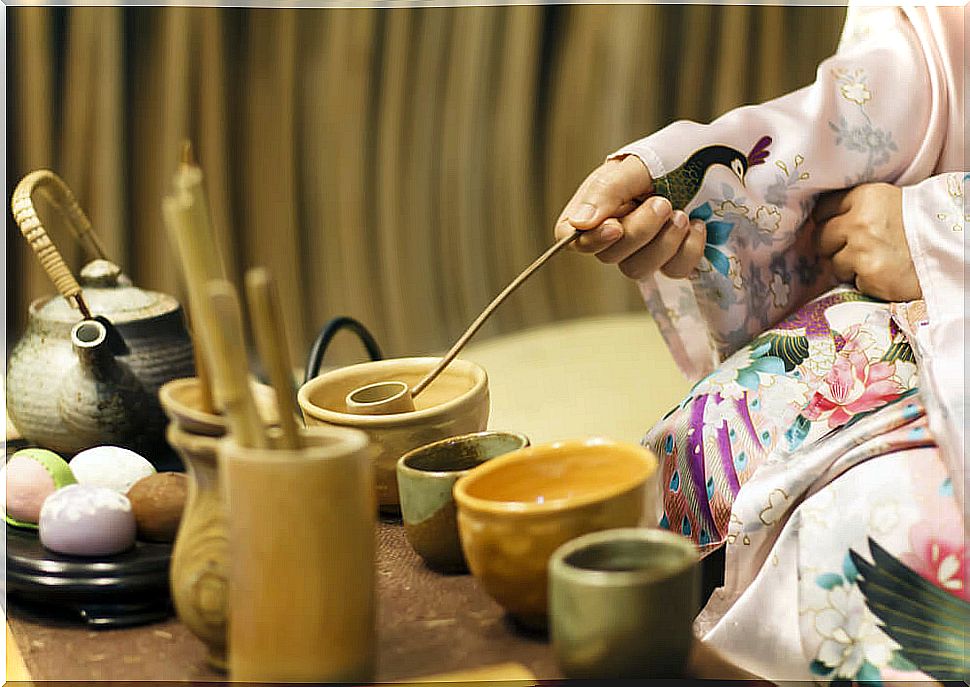
The tea ceremony has a multitude of utensils for its proper performance. The main ones are the teapot or cha-wan , the container for the tea or cha-ire , the rod to stir and mix the matcha or cha-sen tea and the ladle or ladle to serve the tea or cha-shaku .
You should know that all the objects and elements that are used during the tea ceremony have a high artistic value. For this reason, they are used for generations.
Finally, the etiquette required to attend the ceremony must be respected. Men must wear solid colored silk kimono , in addition to carrying the family coat of arms. Women should also wear patterned kimono and inconspicuous colors.
On the tatami it is only allowed to walk using tabi, white socks. Accessories are also allowed, such as folding fans.
The performance of the ceremony
The realization of the tea ceremony in Japan requires several essential elements. Unlike in the rest of the world, this ceremony fulfills a role beyond being a meeting place where you can chat while sipping tea.
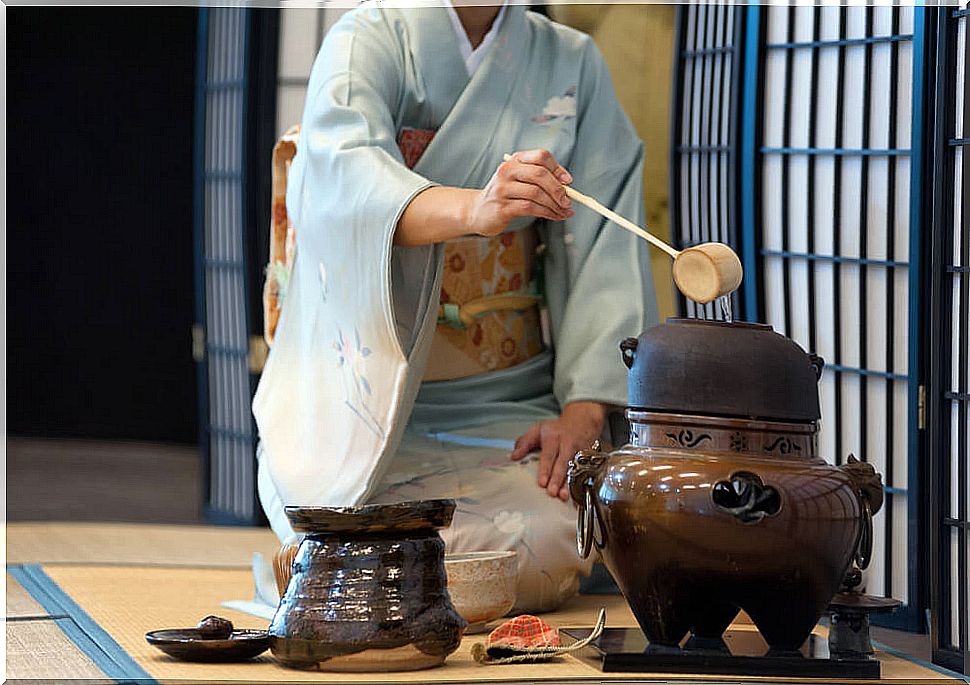
The ceremony must be carried out according to the standards and aesthetics imposed by the founders of the different schools. Only those who have the lower certificate or title can do it. Getting the menjo also requires knowledge of calligraphy and the correct use of kimono and ikebana, among others.
During the tea ceremony in Japan, guests will crawl inside as a sign of humility and respect for the host. Once inside the room, everyone will adopt the seiza posture . While the host begins to place the utensils, the rest of the guests will enjoy a small sweet.
After individually serving the tea, guests should drink at the same time, taking small, loud sips. After taking the tea, the rim of the bowl is cleaned and placed right in front, to be picked up by the host.
It will be the most important guest, who would also be the first to enter, who asks permission to examine the tools. The rest of the guests will also be able to examine them in order of preference. They leave in order and it will be the teishu, or master of ceremonies, who ends the ceremony by running the shoji .
